Top ten energy saving tips
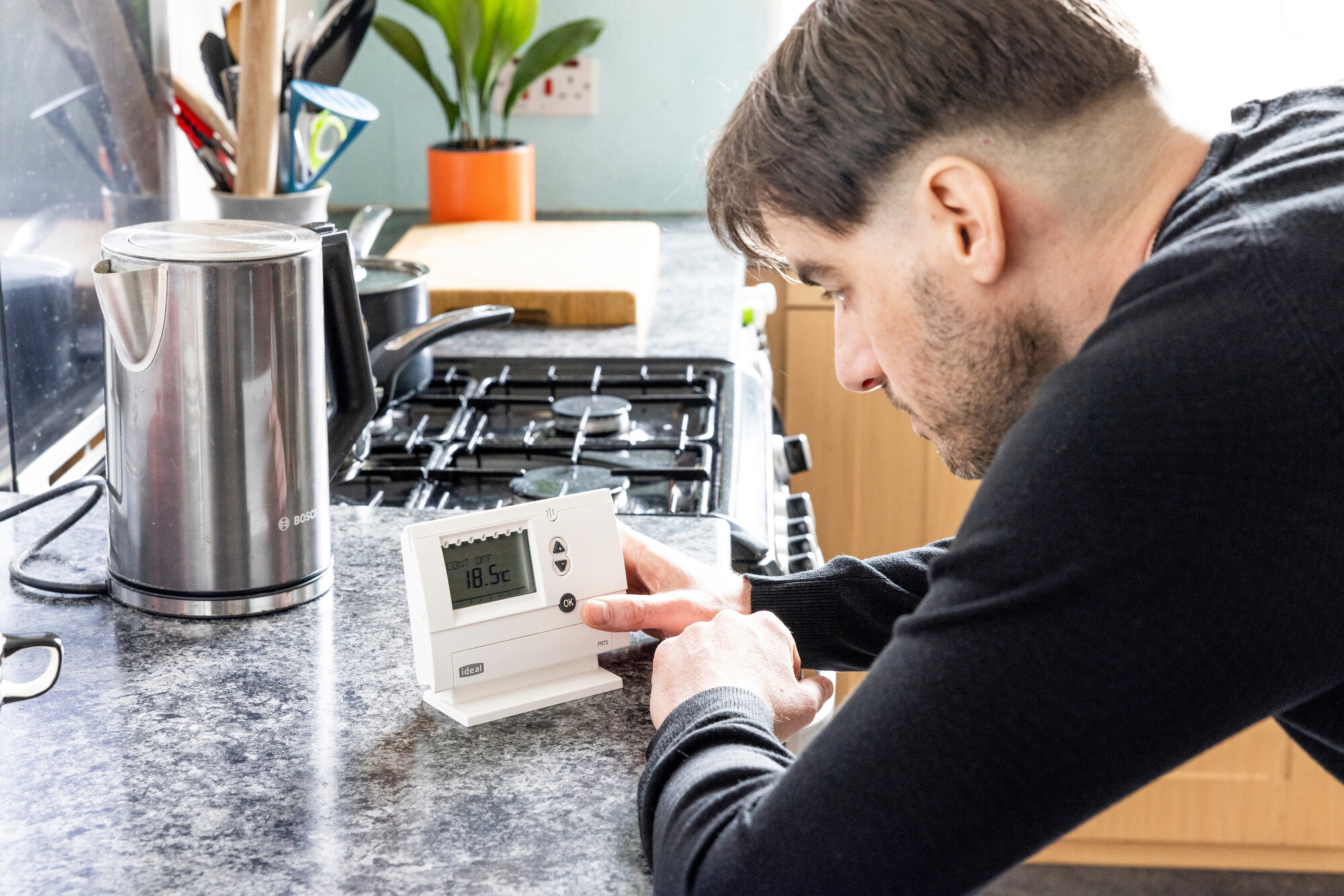
There are plenty of opportunities around the home to save money on our electricity bills and create a more energy efficient home.
Have you tried any of these energy saving ideas?
Turns things off at the wall
Very few things around the home need to be left on all the time. Lots of appliances are kept on for longer than they’re needed. If you’re not using something, turning it off will save you energy.
It’s also worth remembering that something is only really “off” when it’s turned off at the wall. Leaving an appliance on standby means it’s still using energy, even if it’s not technically being used.
Getting into the habit of turning devices off at the plug can help you save around £65 a year on your electricity bills.
Wash clothes at 30C
A 30-degree wash will use about 40% less energy than the same wash at 40 degrees. Most modern detergents work just as well at lower temperatures. This means your clothes will come out just as clean after a low temperature wash.
Simply turn the temperature on your machine down to 30 degrees or use the eco setting.
Only boil the water you need in your kettle
If you fancy a cup of tea and are only making one for yourself, don’t overfill your kettle with more water than you need. By overfilling the kettle, it means more energy will be used to boil the water inside.
Find out more about saving energy in the home.
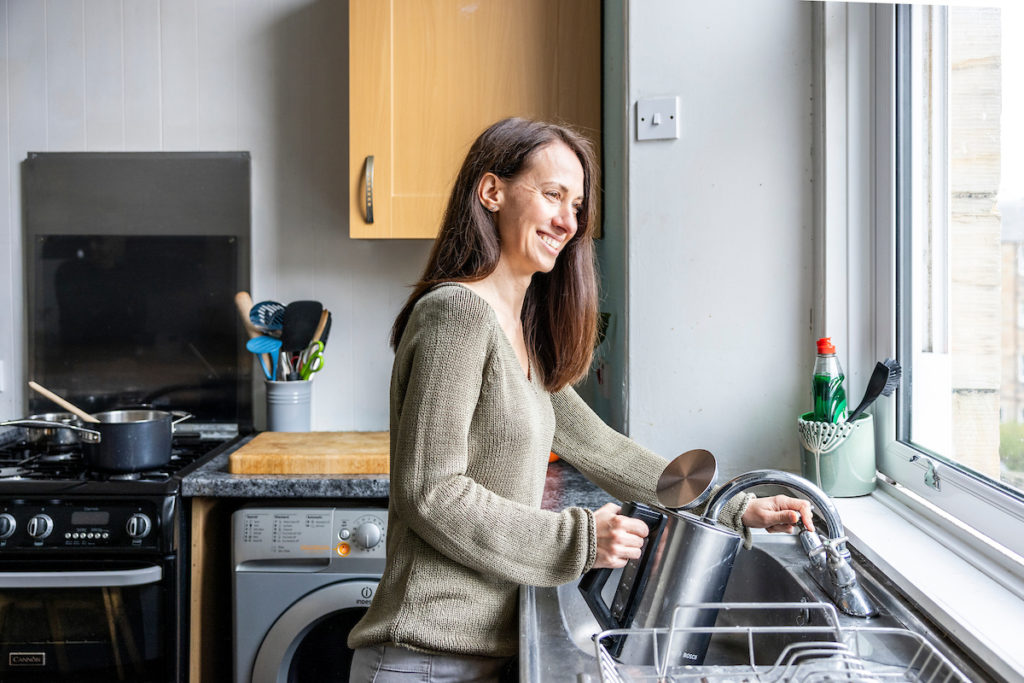
Match your pans to your hob
If you’re using a small pan, make sure you’re also using a smaller hob ring. Heating a small pan on a large ring means a lot of the heat gets lost to the surroundings. Using a small pan on a small ring makes sure that most of the heat is transferred to the pan.
Find out more about saving energy in the home.
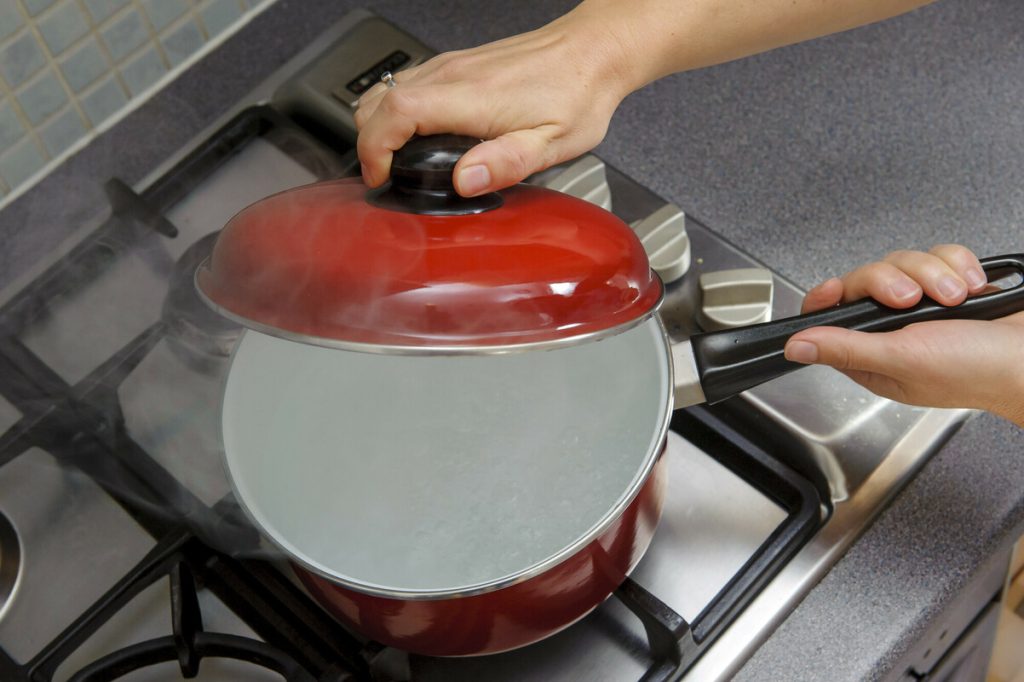
Outsmart your oven
Put the food in as soon as the oven has preheated
We often pre-heat the oven whilst we’re doing something else, like watching TV. If we’re distracted, the oven can reach the correct temperature and sit empty.
Some ovens have an alarm which lets you know when the oven has pre-heated. Use this if you can.
If your oven doesn’t have an alarm, make sure you regularly go through to check the temperature. You should start to get a sense of how long preheating takes. Then you can start setting your own timer.
Turn the oven off five minutes before the end of the cooking time
Your oven stays hot for quite a while after it has been turned off. You can use this leftover heat to finish off the last five minutes of your cooking.
Switch to the microwave instead
If you have a microwave, try to use this instead of the oven. Microwaves use much less energy than ovens. This is because they heat the food directly, not the air around it.
To compromise, you could partially cook something in the microwave, then transfer it to the oven. Five minutes in the microwave should knock twenty minutes oven-time off your baked potato.
Find out more about saving energy in the home.
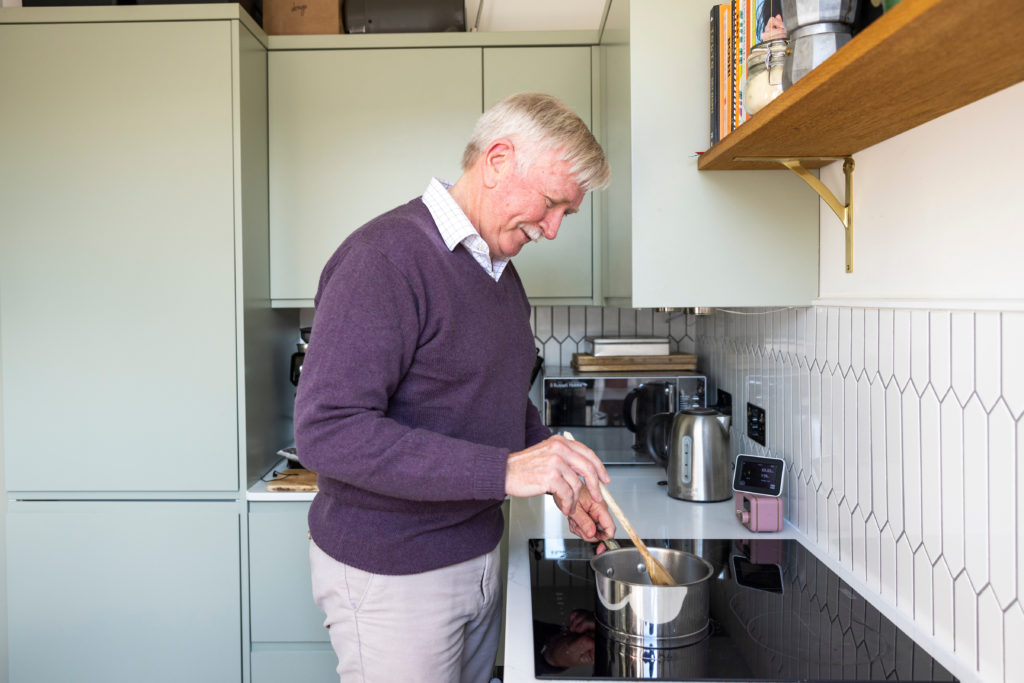
Try to keep your freezer full
An empty freezer needs to use more energy to cool down the warm air that gets inside when the door is opened. If your freezer is full, it means there is less room for warm air to get in.
Save on your shower
We’ve probably all heard this one by now, but cutting your shower time by a single minute saves you around £35 a year.
A shower-timer can help you keep track of how long you’ve been washing for. Alternatively, lots of people simply set an alarm on their phone. This has the added benefit of forcing you out of the shower to turn the alarm off.
If you have the option of a bath or a shower, then the conventional wisdom is to switch at least one of your bath-days for a shower-day. However, this only saves hot water if you’re showering efficiently (see the advice above). Some modern showers – especially those which aren’t fitted with energy efficient heads – can easily get through 100 litres of hot water in ten minutes.
If you don’t have the choice of switching to a shower, a simple way to save is to make sure you only fill the bath with as much water as you need.
Hot water tank thermostat efficiency
The thermostat on your hot water cylinder should be set between 60 and 65 degrees. Setting it any higher than this means you’re using more energy than is needed. Not only that, but you risk scalding yourself when using the hot water tap or shower.
You shouldn’t set your hot water cylinder thermostat any lower than 60 degrees. It needs to be this high to kill off legionella bacteria. Legionella is potentially fatal to humans, so it’s important to keep it out of your hot water.
Find out more about saving energy in the home.
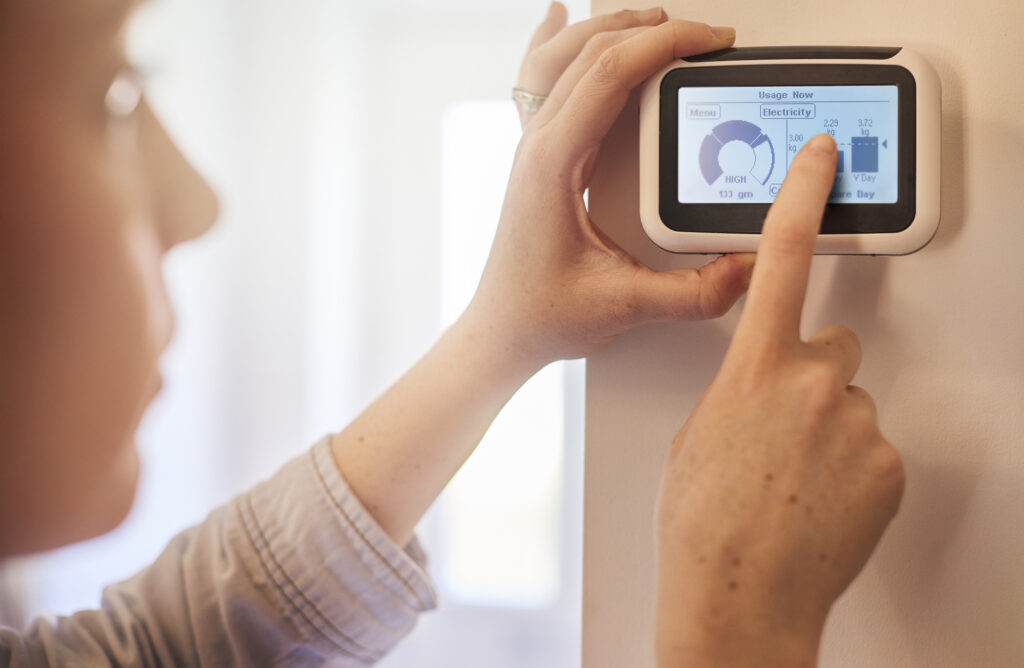
Replace lightbulbs with LEDs
The first energy efficient lightbulbs were around 70-80% efficient. They were much better value for money than traditional lightbulbs, but they took a long time to get to full brightness.
Luckily, energy efficient lighting has moved on. We now have LEDs (Light Emitting Diodes) which reach full brightness as soon as you flick the switch. These use 90% less energy than old incandescent bulbs, and about 50% less than older energy saving bulbs.
Find out more about saving energy in the home.
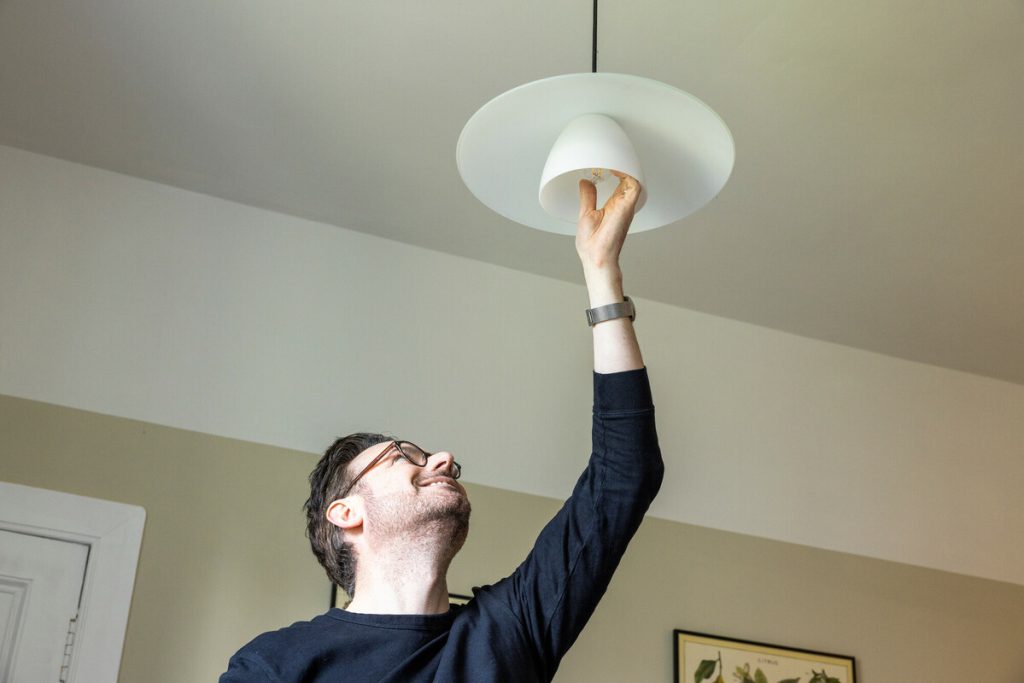
Turn off lights
If you’ve got several lights in a room, you might not need them all on at the same time. If the lamps are on, try turning off the overhead light. Is it possible to get a good level of brightness without having all the lights on at once?
You can also match the lighting to whatever activity you’re doing. If you’re watching TV, you might only need a low background light. If you’re reading, it’s more likely you’ll want a bright, direct light.
About 15% of our electricity goes towards lighting our home, so this is an easy win. If nobody is using the room, turn the lights off. There’s no downside to this one.
Find out more about saving energy in the home.
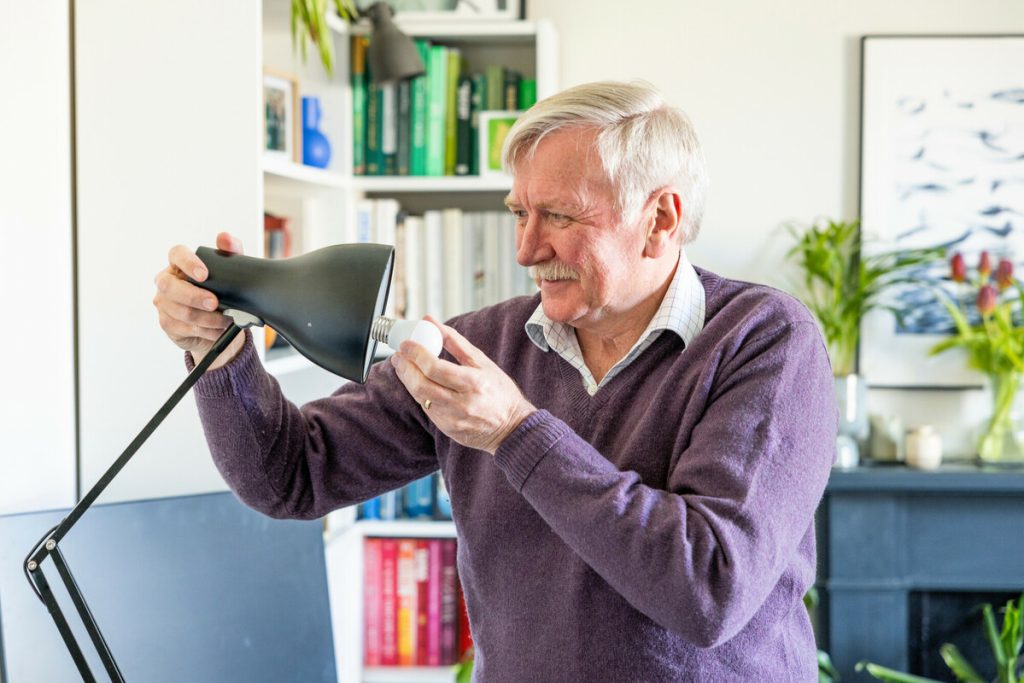
Useful pages
Is this page useful?